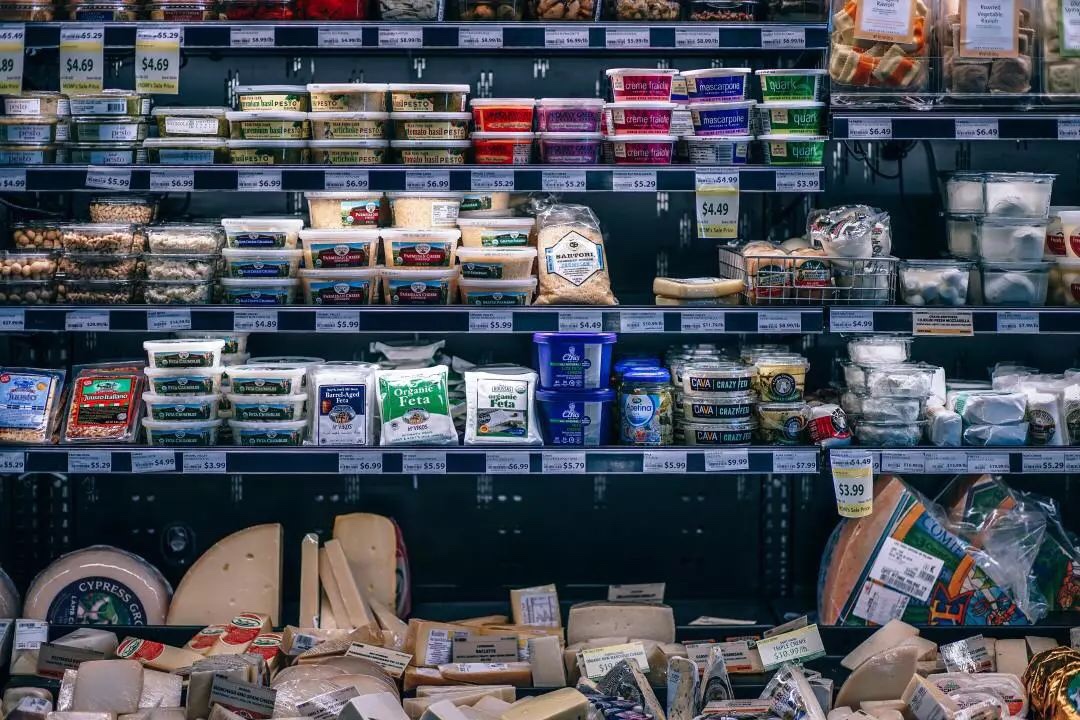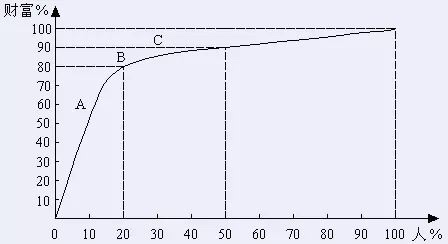
APICS供应链管理最近的一期题为“技术发展节约尾部开支”的文章提醒我们,ABC分类法在当今供应链管理中的价值和缺点。正如文章所指出的,我们被教导根据成本百分比、年度美元交易量或其他标准,将要管理的项目分为三组——A、B和C。根据APICS字典:“A类通常代表项目数量的10%-20%,以及预计美元数量的50%-70%。B类通常代表项目的20%和美元交易量的20%。C类包含60%-70%的项目,约占总金额的10%-20%。”换句话说,通过关注A类项目,我们将努力放在最有可能获得投资回报的地方。
A recent issue of APICS Supply Chain Management Now entitled “Technology leads to tail-spend savings” serves as a reminder of both the value and the shortcomings of ABC classification as we use it in supply chain management today. As the article points out, we have been taught to divide items to be managed into three groups — A, B and C — based on percentage of cost, annual dollar volume or other criteria. According to the APICS Dictionary: “The A group usually represents 10 percent to 20 percent by number of items and 50 percent to 70 percent by projected dollar volume. The next grouping, B, usually represents about 20 percent of the items and about 20 percent of the dollar volume. The C class contains 60 to 70 percent of the items and represents about 10 percent to 20 percent of the dollar volume.” In other words, by focusing on the A items, we put our efforts where there is the most potential for return on investment.


本文中提到的尾部开支由C项表示,这些C项数量大,但价值小。例如,如果一个公司的仓库拥有1000个不同的物品,累计价值100万美元,那么200个A物品的价值可能是80万美元。接下来的200项,即B项,代表10万美元。剩下的600个C项目——相当于B的三倍——只占到了10万美元。
The tail spend referred to in the article is represented by those C items, which are great in number but small in value. For example, if a company’s warehouse holds 1,000 different items cumulatively worth $1 million, it’s likely that 200 A items have a value of $800,000. The next 200, the B items, represent $100,000. The remaining 600 C items — which equal three times the number of B’s — also account for $100,000.

麦肯锡公司(McKinsey&Company)在《APICS供应链管理》(APICS Supply Chain Management)中引用的一项研究发现,尽管C项相对价值较低,但通过优化C项,公司可以获得高达15%的显著节约。这组项目之所以具有这样的节约潜力有多种原因。首先,项目成本和价值并不能说明整个过程。一个丢失的螺丝或支架可以像丢失的电路板或电机一样有效地停止生产或停止发货。
The study by McKinsey & Company referenced in APICS Supply Chain Management Now found that companies can unlock significant savings — as much as 15 percent — by optimizing C items, despite their low relative value. There are multiple reasons why this group of items holds such savings potential. First, item cost and value don’t tell the whole story. A missing screw or bracket can halt production or stop a shipment just as effectively as a missing circuit board or motor.
此外,C项可能是大多数过剩和过时库存的来源。因为许多C类商品的数量和需求都很低,所以很难预测,因此倾向于库存超过必要数量,客户关系水平不会下降。这似乎是一个合理的策略,因为C项目的成本相对较低,但这也意味着这些额外的项目管理效率低下。保持额外的数量会占用宝贵的仓库空间,可能会丢失或损坏,而且它们都必须进行循环计数和投保。此外,由于C项经常被忽略,人们可能不会注意到何时需求下降或完全消失。到那时,手头的超大数量就成了一种完全的浪费。
In addition, C items likely are the source of most excess and obsolete inventory. Because many C items are low in volume and demand — and therefore are difficult to forecast — the tendency is to stock more of them than is necessary, so Customer Relations levels don’t sink. This seems like a reasonable strategy, as the cost of C items is relatively low, but it also means these extra items are being managed ineffectively. Maintaining extra quantities takes up valuable warehouse space, they can get lost or damaged, and they all have to be cycle counted and insured. Additionally, because C items are often ignored, people may not notice when demand declines or completely disappears. At that point, the extra-large quantity on-hand becomes a complete waste.


工作的工具和技巧
Tools and tricks for the job
软件可以帮助库存管理人员从企业资源规划系统、本地数据库、采购订单和其他文档中收集和组织库存数据。这使得跟踪库存或需求中的C项更加容易。其他解决方案可以使采购人员在业务需要获得更多C项时发出信息或建议请求。
Software can help inventory managers collect and organize inventory data from enterprise resources planning systems, local databases, purchase orders and other documents. This makes it easier to track the C items in stock or in demand. Other solutions can enable procurement specialists to issue requests for information or proposals when a business needs to acquire more C items.
C项目在设置周期盘点频率、确定批量和补货触发条件、进行一般库存管理时处于次要地位。但它们不应被完全忽视。当然,首先要关注A项,但是一旦A项牢牢掌握在手中,工作就没有完成。相反,从设置项目的流程和控制中吸取经验教训,并将其应用于所有库存,以进一步实现节约和提高价值。
C items take a back seat when setting cycle count frequency, determining lot size and replenishment triggers, and conducting general inventory management. But they should not be completely overlooked. Certainly, focus on A items first and foremost, but once the A’s are firmly in-hand, the job is not done. Instead, take the lessons learned from setting up processes and controls for A items, and apply them to all inventory in order to unlock further savings and value.

转自:广东省采购与供应链协会公众号